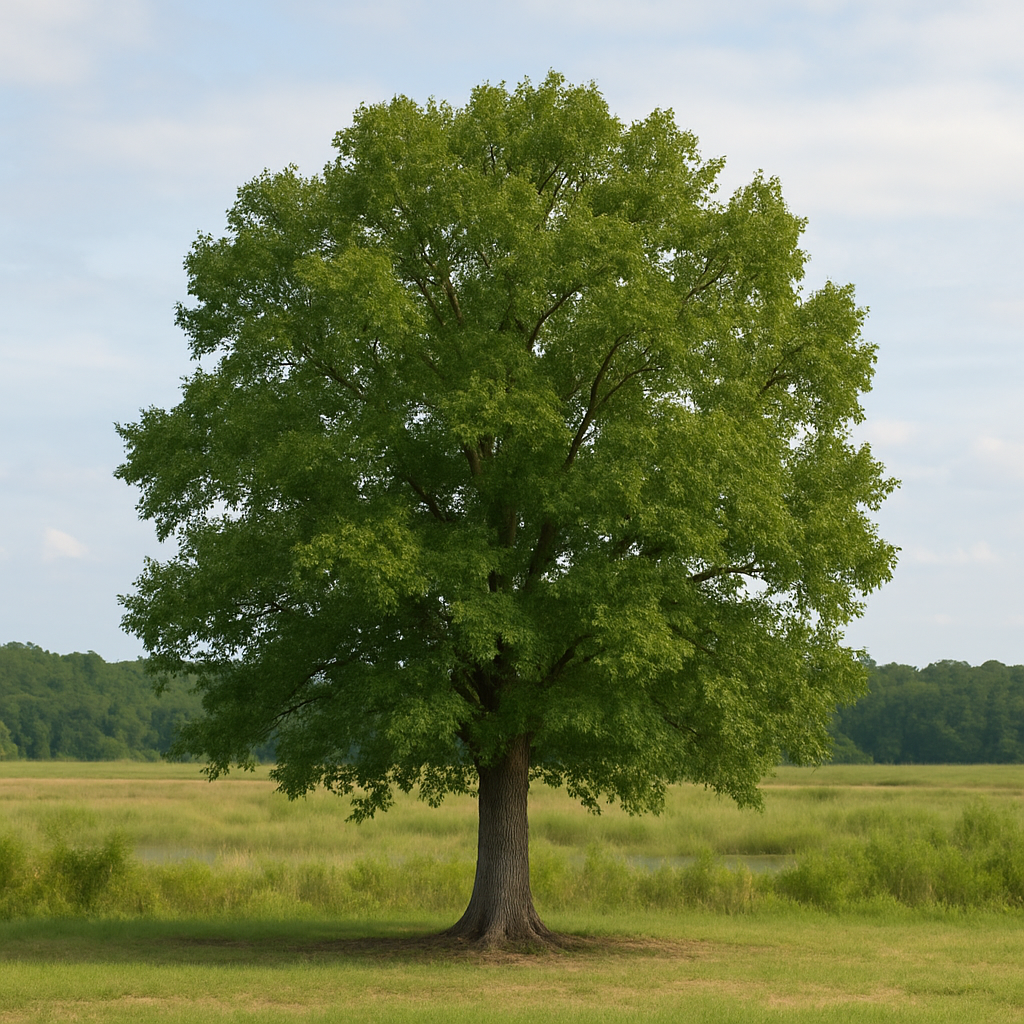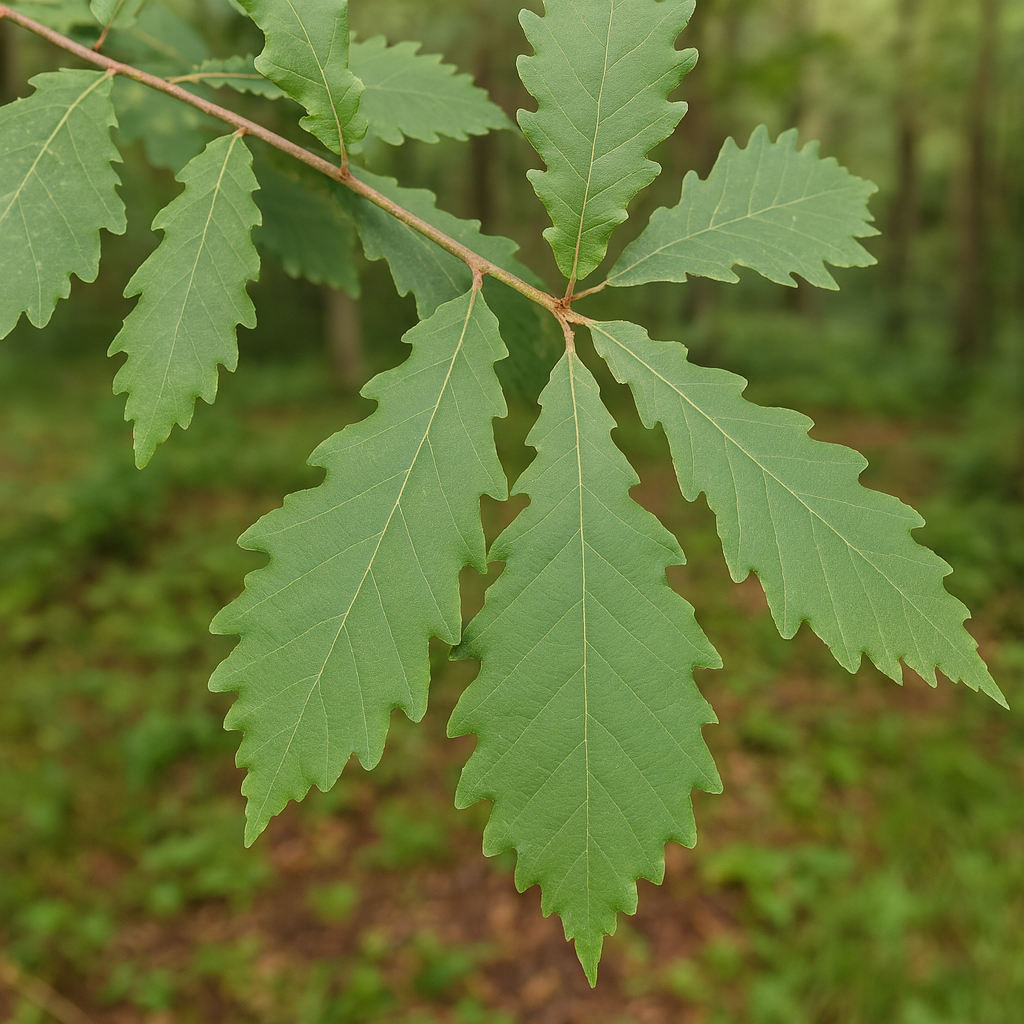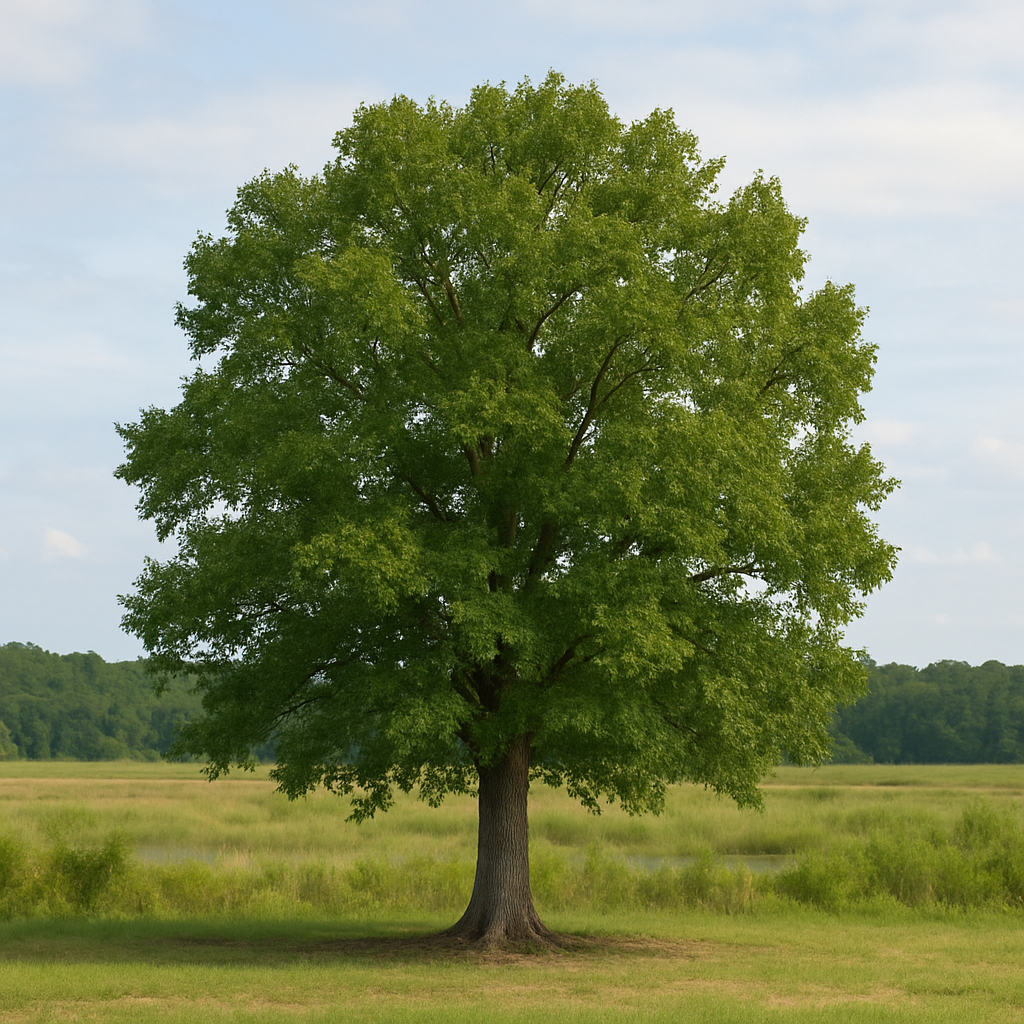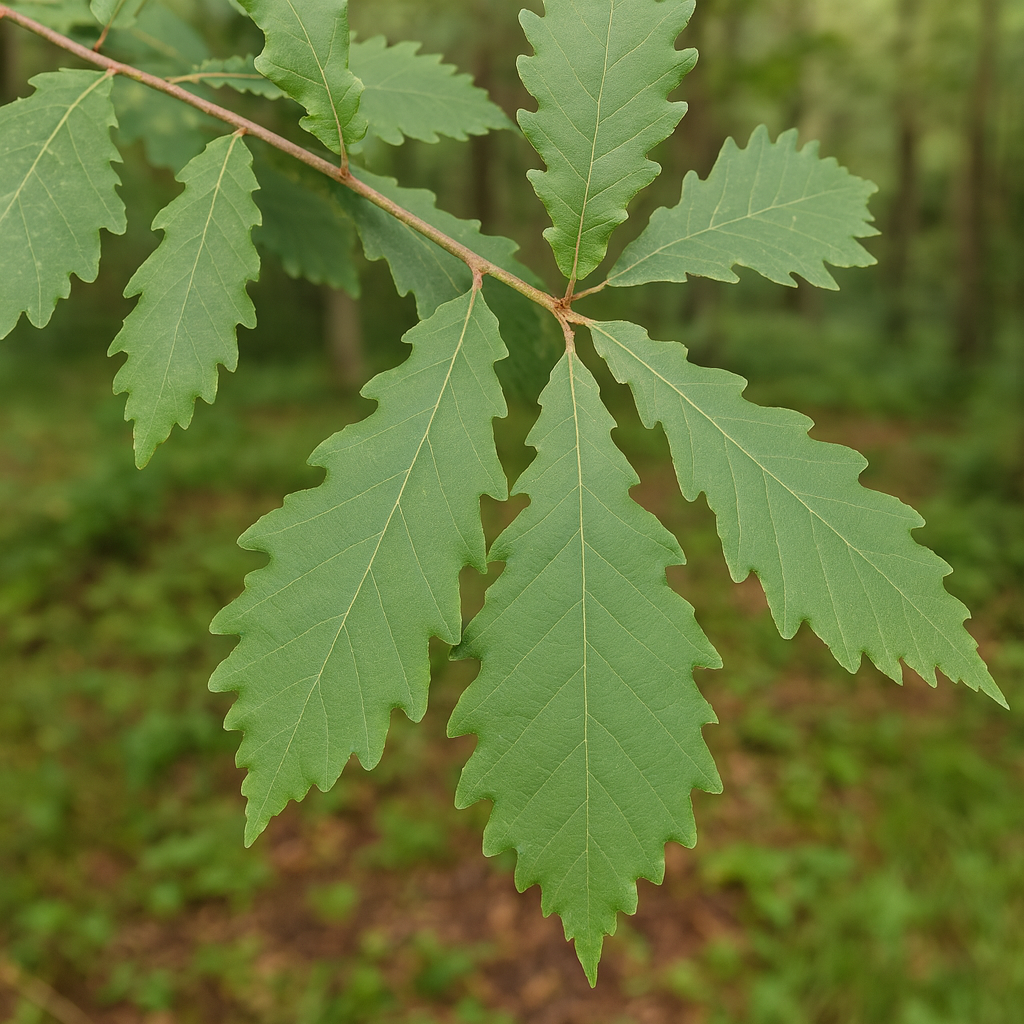Limited Quantities - Reserve Now For Fall
-
Beginner Zones 5-9

-

Swamp Chestnut Oak
Swamp Chestnut Oak
Couldn't load pickup availability
Quercus michauxii
Swamp Chestnut Oak Tree
The Swamp Chestnut Oak is a stately, long-lived native oak known for its deeply furrowed bark, glossy chestnut-like leaves, and large sweet acorns that wildlife love. Native to bottomlands and wet forests of the southeastern U.S., this majestic oak thrives in moist soils and brings strong ecological value, beautiful fall color, and impressive shade to any landscape.
With high flood tolerance, deep roots, and dependable growth, the Swamp Chestnut Oak is a foundational tree for parks, pastures, and large residential plantings.
Swamp Chestnut Oak Tree Overview
| Attribute | Details |
|---|---|
| 🌿 Botanical Name | Quercus michauxii |
| 🏷️ Common Names | Swamp Chestnut Oak, Basket Oak |
| 🌳 Mature Height | 60–80 feet |
| 🌐 Mature Width | 40–60 feet |
| 📈 Growth Rate | Moderate (13–24 inches per year) |
| ⏳ Lifespan | 100–200+ years |
| 🧊 USDA Zones | 5–9 |
| ❄️ Chill Hours | 200–400 hours |
| ☀️ Sun Preference | Full sun |
| 🧱 Soil Type | Moist, deep, well-drained loam, clay, or sandy soil |
| ⚖️ Soil pH | Slightly acidic to neutral (5.0–7.0) |
| 💧 Water Needs | Moderate to high; flood-tolerant once established |
| 🌸 Flower Color | Inconspicuous yellow-green catkins in spring |
| 🍒 Fruit Type | Large, sweet acorns favored by wildlife |
| 🐝 Pollinators | Wind-pollinated; supports native insect life |
| 🌿 Growth Habit | Upright, broad-rounded crown with strong limbs |
| ↔️ Spacing | 40–60 ft for full canopy development |
| 🏡 Landscape Uses | Shade tree, wildlife habitat, wetland restoration |
| 🧹 Maintenance Level | Low once established |
Environmental Benefits
🌳 Supports hundreds of native caterpillar species essential to birds
🐿️ Produces acorns that feed deer, turkeys, squirrels, and other wildlife
🌿 Provides long-term carbon storage and erosion control
💧 Thrives in floodplains, bottomlands, and riparian buffers
Pros & Cons
| ✅ Pros | ⚠️ Cons |
|---|---|
| 🦌 Large, edible acorns are a top wildlife food source | 🌱 Requires space for root and canopy spread |
| 🌳 Beautiful bark and vibrant red fall foliage | 🌧️ Young trees may need watering in drought years |
| 🧬 Native tree with high ecological and timber value | 🕳️ Acorn drop may be messy near patios or driveways |
| 💪 Long-lived and highly wind-resistant | 🐛 Susceptible to oak wilt in some regions |
| 🌾 Great for wet soils and lowlands | 🏡 Best suited for larger properties or restoration projects |
Planting & Care Guide
🛁 Soak root system before planting for strong start
🕳️ Dig hole 2–3 times wider than root spread; plant at soil line
🌾 Mulch around base to retain moisture and suppress weeds
💦 Water weekly during first 2–3 years, especially in dry weather
✂️ Prune in late winter to shape or remove damaged limbs
🧪 No fertilizer needed in fertile soils; compost is sufficient
The Swamp Chestnut Oak is a majestic native hardwood that combines beauty, resilience, and ecosystem support. Perfect for larger landscapes, flood-prone areas, or wildlife restoration, this oak earns its place as a legacy tree for generations to come.
Share




